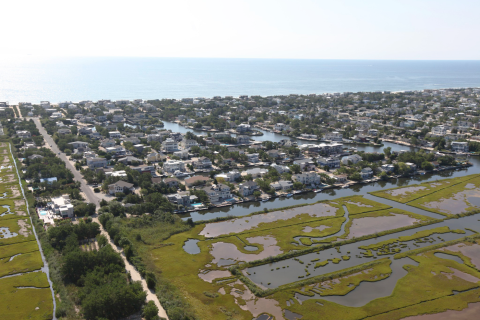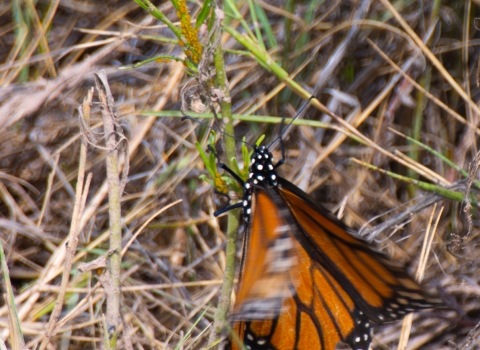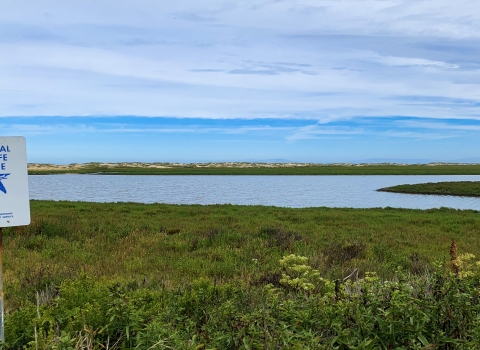May is American Wetlands Month! But how much do you know about these historically derided resources?
Wetlands are most simply defined as the vital links between land and water. Some of their characteristics, such as flooding and insects, earned wetlands a bad reputation in history. People filled them for farming or building. Now we know their true value.
They serve essential functions in natural areas by filtering water, providing flood and erosion control, and offering vital habitat for fish and wildlife.
And they help people too! Many wetlands are not wet year-round as water levels change with the seasons. Wetlands absorb and slow floodwaters during periods of excessive rain, helping to alleviate property damage and may even save lives.
They are the kidneys for our communities, cleansing water, filtering pollution and sediment, and regulating nature’s systems. Legislation, namely the Clean Water Act in 1977, marked our need to protect them.
We’ve made great strides in the decades since. Loss of U.S. wetlands has slowed, but remains on an alarming downward trend. The Service’s National Wetlands Inventory Status and Trends Report, released in 2011, showed that the rate at which we’re losing wetlands more than doubled from 2004 to 2009. We lost a net 62,300 acres over that period. Areas of Maine, New Hampshire, Vermont and upstate New York experienced the highest rate of freshwater wetland loss in the Northeast.
Rediscovering Muddy Creek
Across the region — and the country — conservation groups are coming together to restore and protect wetlands.
Muddy Creek was an isolated tidal wetland in Massachusetts. An embankment with twin culverts had been in place for more than 100 years, blocking the tides from entering the marshes and greatly restricting flow into the upper reaches of the narrow, 1 kilometer-long creek. Without the daily flushing of tidal ocean water, the area had become stagnant with poor water quality, ruining historic shellfish beds and blocking migratory fish.
The embankment and culverts were replaced by a bridge, allowing sea water to flow into Muddy Creek. Over time, this will restore the estuarine and subtidal wetlands, improving water quality and enhancing the system’s natural defenses against storm surge in the future.
It’s also now a wicked cool place to canoe and kayak.
The success of this project is not only measured by environmental benefits, which are certainly plentiful, but by overwhelming partner and community support for the project. It has been easy to gain support for a project that will provide so many amazing benefits to the community, as well as to the environment.
You can help
The best thing you can do for wetlands is to learn more about them and help spread the word. Visit our National Wetlands Inventory for information about status and trends of our nation’s wetlands.
The Muddy Creek Restoration Project was funded in large part by federal sources, including the Hurricane Sandy coastal resilience grants from the Department of the Interior, the US Fish and Wildlife Service, and the National Oceanic Atmospheric Administration’s Habitat Conservation Program. The remainder of the funding was provided by the state Division of Ecological Restoration, the Town of Chatham, and the Town of Harwich.




